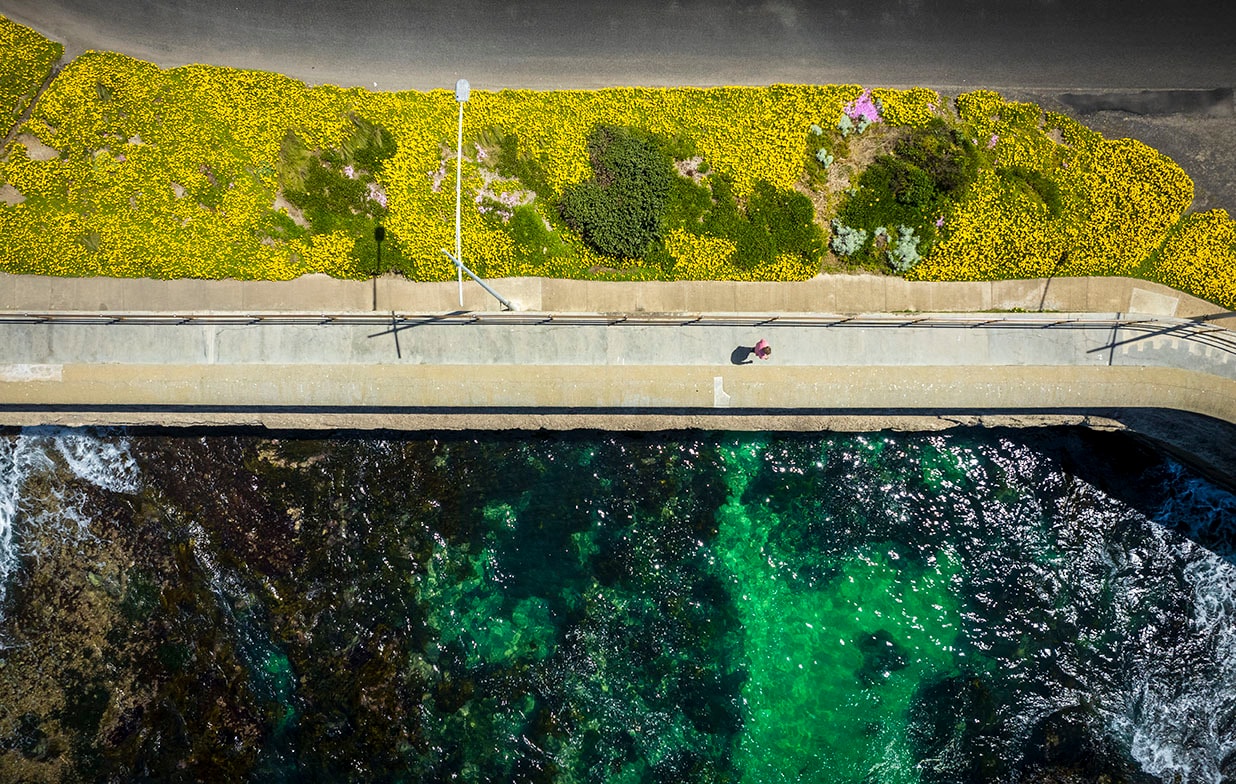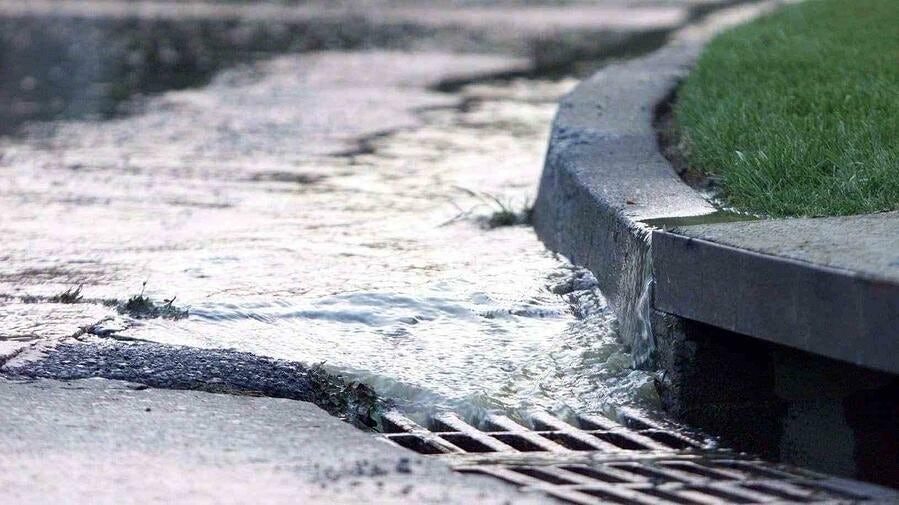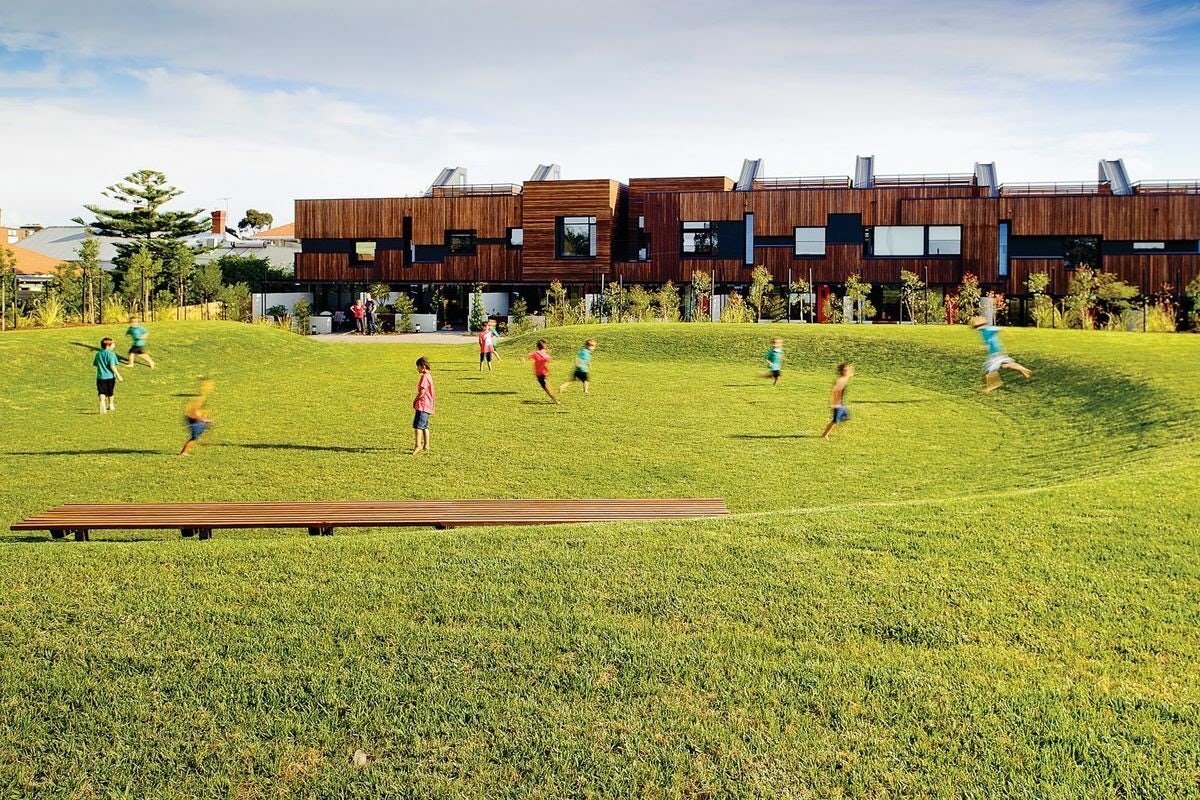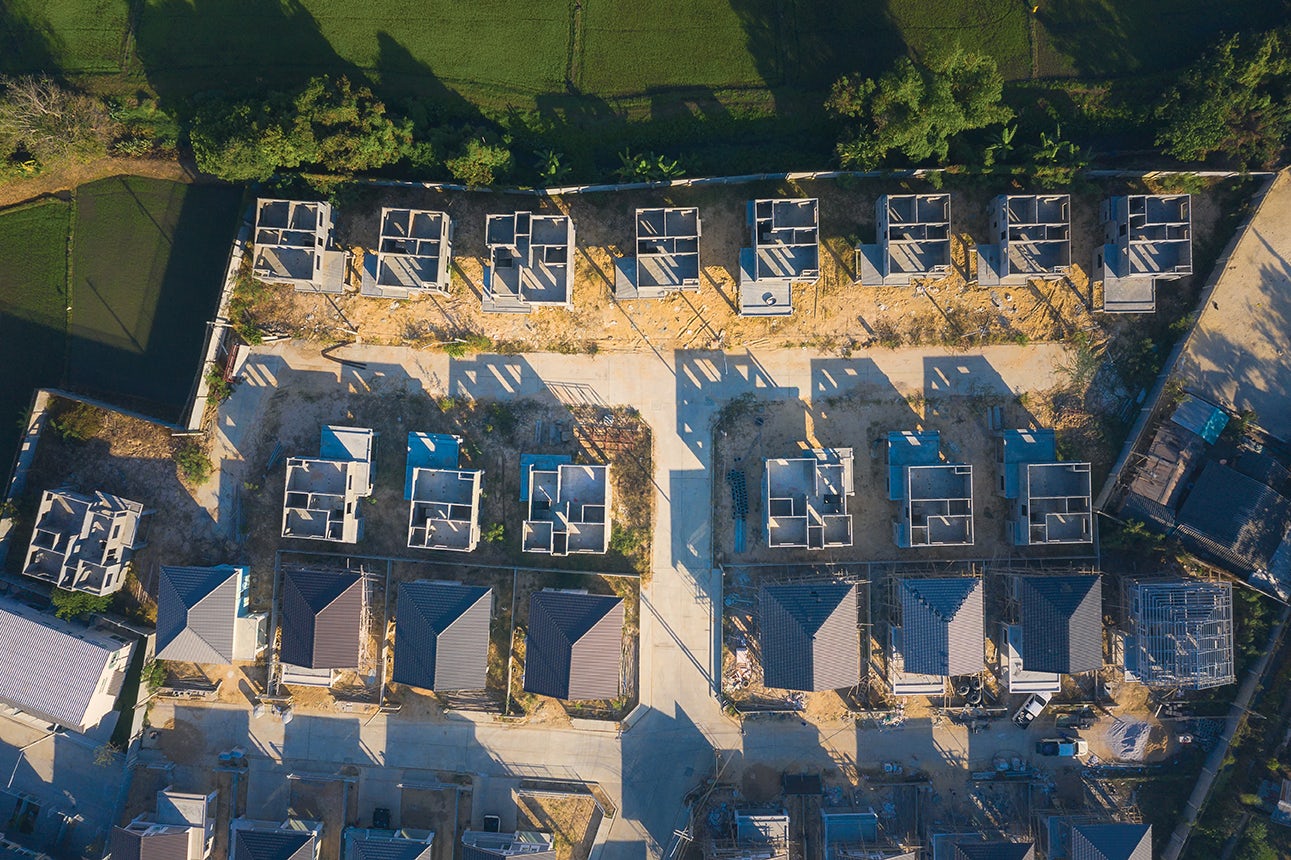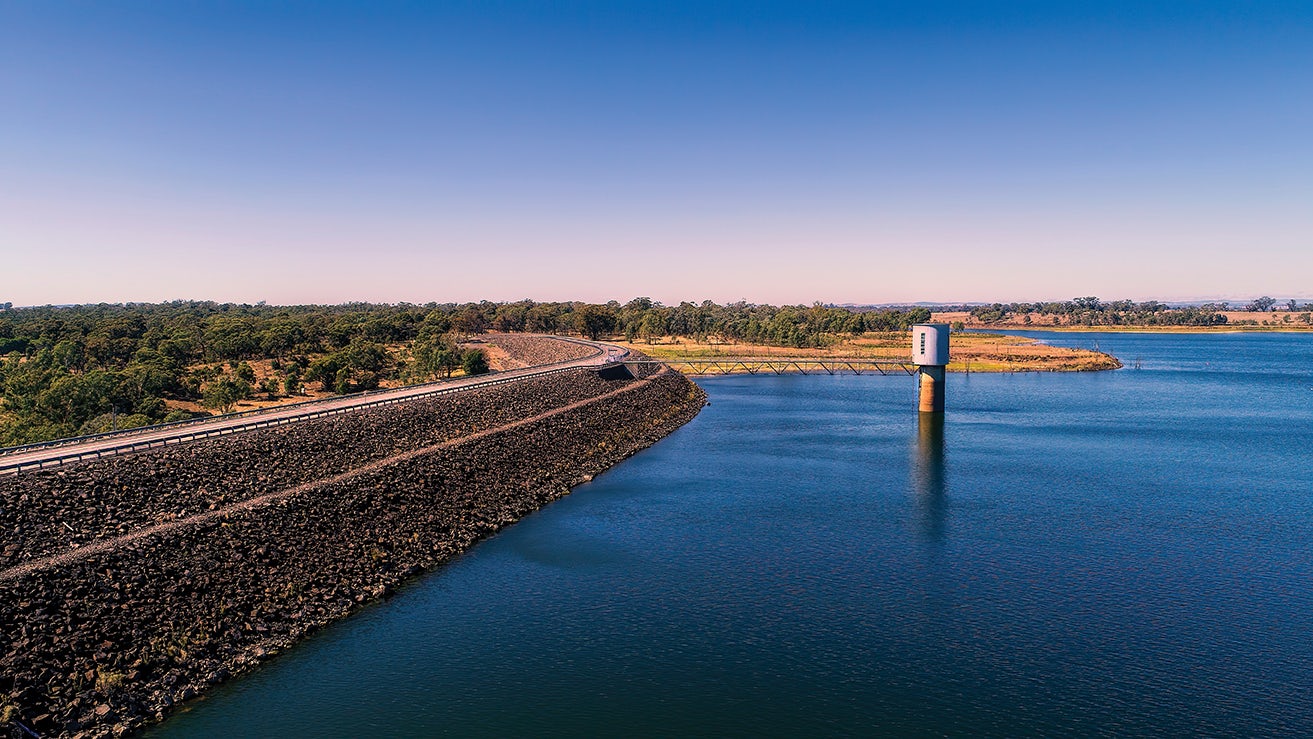Community infrastructure
Community infrastructure helps Victorians learn, stay healthy, feel safe and connect with others. Infrastructure Victoria’s work shows better planning and targeted investment can help more people access these facilities.
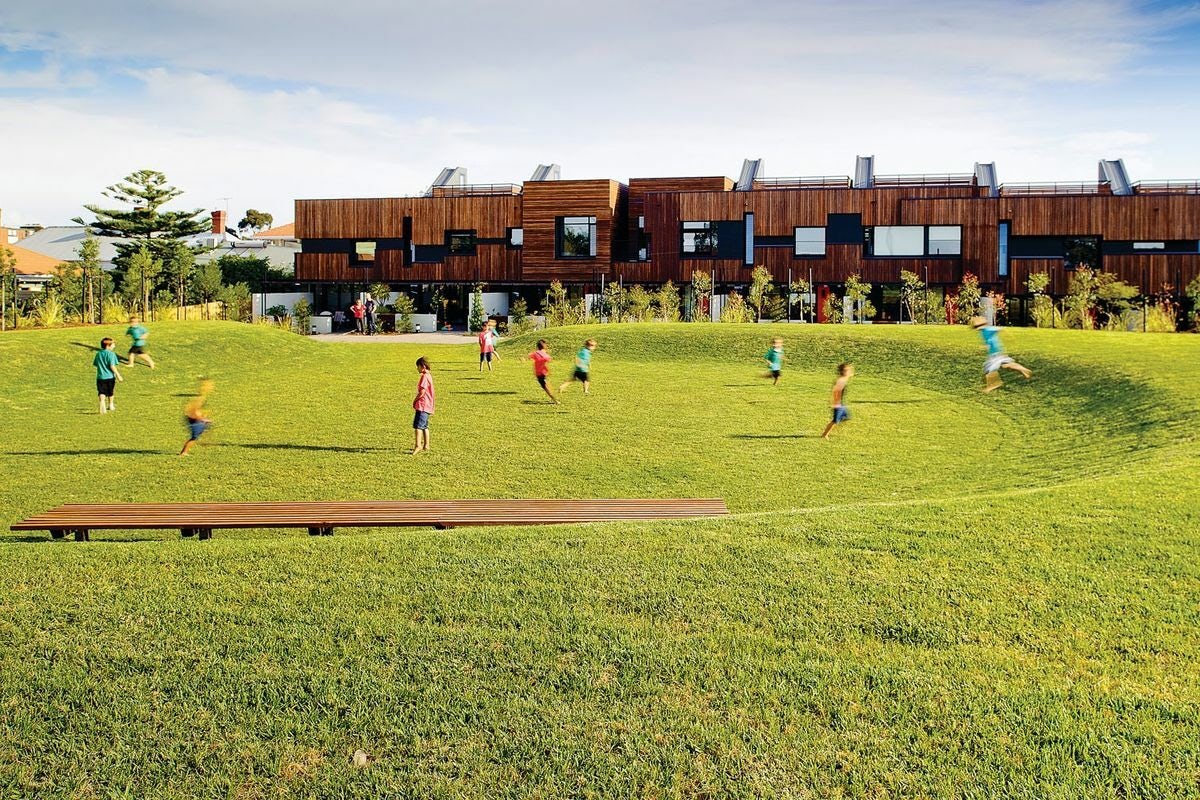
Challenges
Fair access for people in fast-growing suburbs
Access to community facilities is not equal across Melbourne. There is one library per 62,000 residents in growth areas versus 30,000 in established suburbs. The problem is worse for aquatic centres. These gaps can lead to worse health, learning and social outcomes.
Sporting facilities are out of reach for many
Access to sporting grounds and facilities is uneven. In the north, west and outer south-west of Melbourne, people travel further to reach sports fields. They are also less likely to play organised sport. Without better access to local recreational spaces, communities will miss out on the physical, mental and social benefits of sport and outdoor activity.
Barriers to using public infrastructure
Over one million Victorians have a disability. Many face barriers using transport and services. One in 5 need help or have difficulty using public transport. One in 8 cannot use it at all. Older people or those with injuries or prams face similar challenges. This can increase the risk of social isolation, unemployment and poor health.
